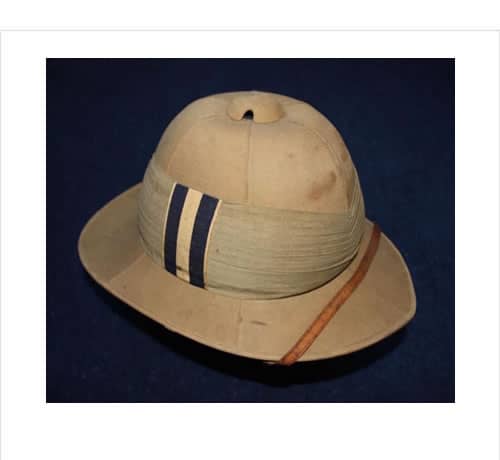The 7th Hussars spent the summer in camp 50 miles west of Baghdad and in October were ordered to carry out a similar operation against the Turks at the Fat-ha Gorge on the Tigris.
The Battle of Sharqat (October 23–30, 1918) was fought between the British and the Ottoman Empire in the Mesopotamian Campaign during The Great War, which became the last conflict between the belligerents before of the signing of the Armistice of Mudros.
Anticipating an Ottoman armistice following the defeat of the Ottomans in Palestine and the recent surrender of Bulgaria, British Premier David Lloyd George ordered Sir William Marshall, Commander-in-Chief on the Mesopotamian front, to remove any residual Ottoman presence from that theatre by twin advances up the Euphrates and Tigris rivers, and capture the oil fields near Mosul on the Tigris.
There was a lack of available transport after a large amount had been supplied to Dunsterforce for its advance across Persia, so Marshall persuaded the government to limit the advance to the Tigris Front only.
An Anglo-Indian force consisting of the 17th and 18th Indian Divisions and the 7th and 11th Indian Cavalry Brigades, led by Sir Alexander Cobbe, left Baghdad in October 1918. In just 39 hours they covered 120 kilometres (75 mi) to the Little Zab River, where the “Dicle Group” of the Ottoman Sixth Army, led by İsmail Hakkı Bey, who was the commander of the Ottoman 14th Division, was awaiting them.
The Sixth Army had been weakened due to a lack of replacements. His forces consisted of the XVIII Corps, which comprised the 14th and 46th Divisions, and the XIII Corps, which comprised the 2nd and 6th Divisions.
The 7th made a failed daylight attempt to cross a tributary north of the Fat-ha but after dark, they shot up an enemy supply column which must have confused the Turks because they withdrew their whole division.
The brigade crossed the Tigris on 27th Oct and engaged in heavy fighting resulting in 70 casualties and a large loss of officers and NCOs.
Seeing his army’s rear threatened, İsmail Hakkı Bey withdrew another 100 kilometres (62 mi) to the north to Al-Shirqat, where Cobbe attacked him on October 29, sending the 11th Cavalry Brigade to pin the Ottoman front while the 17th Division came up to support them.
The 17th was delayed in arriving, and the cavalry was shelled by Ottoman guns overnight. In the morning the Hussars charged the hill where the guns were, and made a dismounted charge up it with fixed bayonets, successfully capturing the guns. İsmail Hakkı Bey was aware of the peace talks at Mudros and decided to spare his men rather than fight or break out.
The Turks surrendered on 30th Oct and the war in Mesopotamia was over. The 18th Division advanced on Mosul, 50 miles further north, and was 12 miles short of the town when the armistice was declared.
On November 1, 1918, Mosul was peacefully occupied by the 7th and 11th Indian cavalry brigades, after the British forces ignored the request of the Ottoman Commander-in-chief, Ali İhsan (Sâbis), to withdraw to the positions they had held at the armistice.
The 7th Hussars had lost 224 all ranks, killed, wounded, sick or missing. The regiment was awarded the honours KHAN BAGHDADI, SHARQAT and MESOPOTAMIA 1917-1918.


